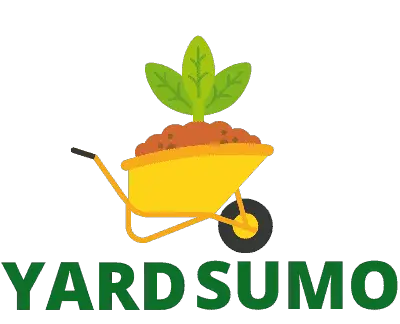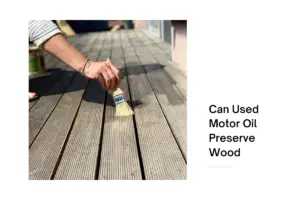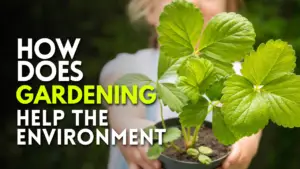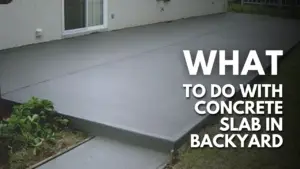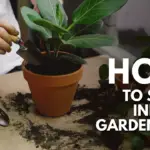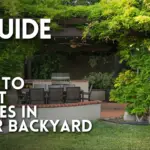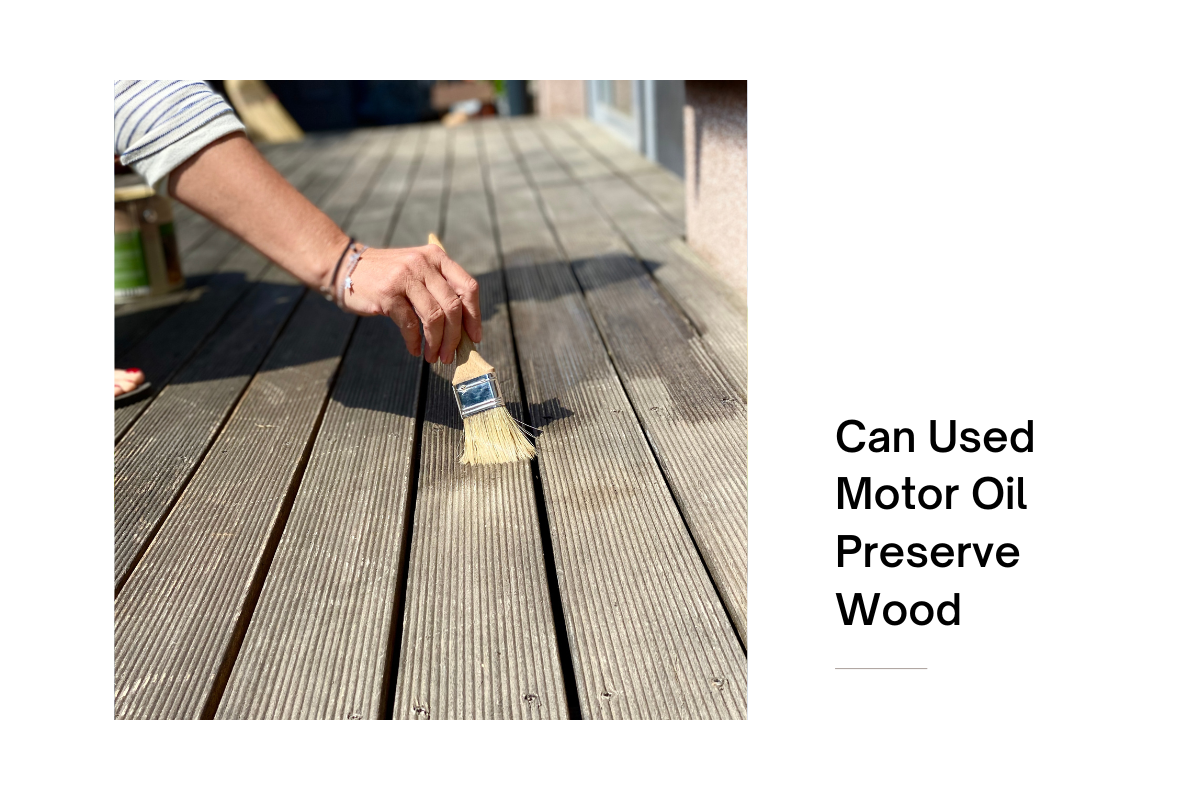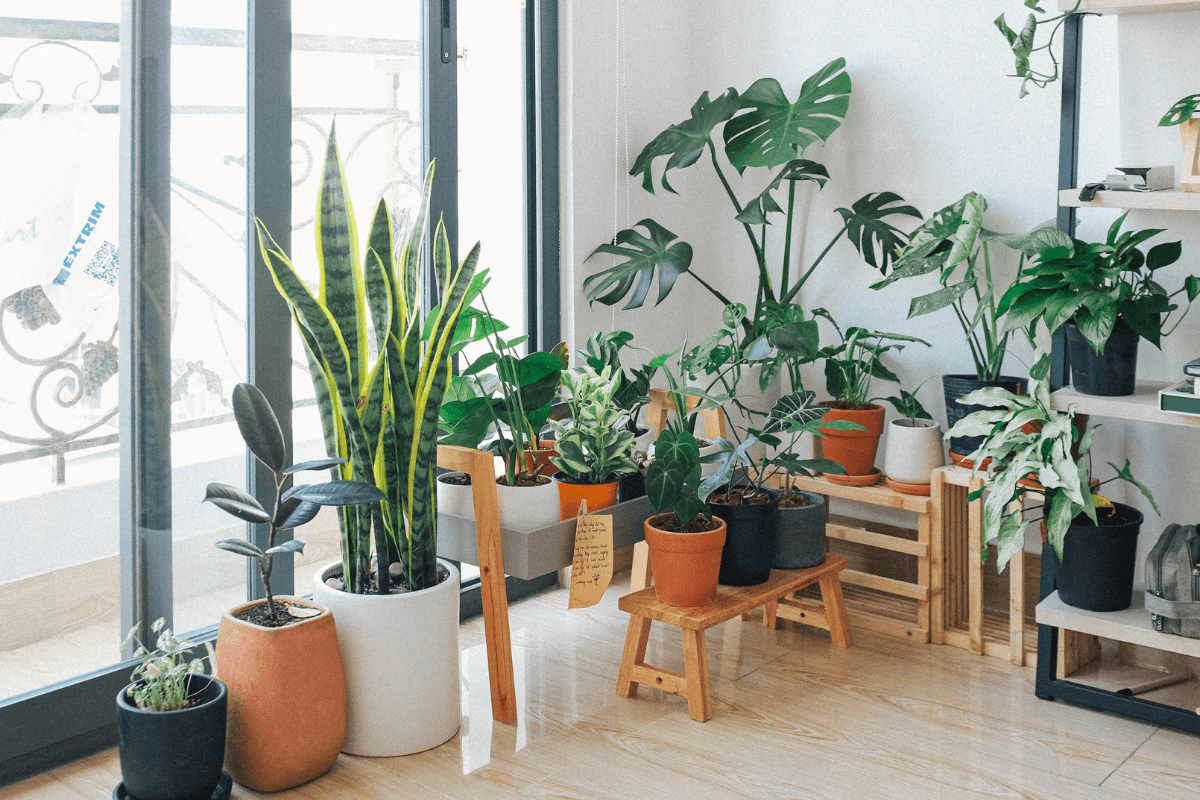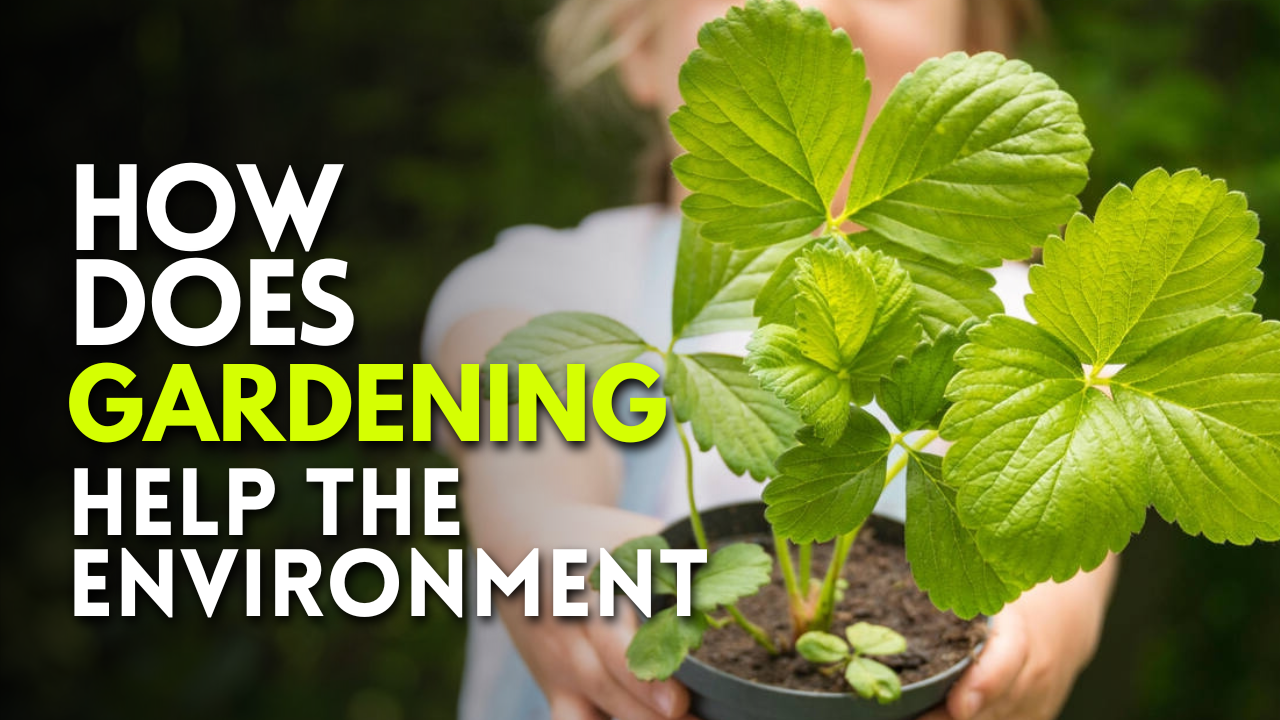With the right maintenance, clay soil is perfect for vegetable gardening. Yet, clay soil unduly gets a bad reputation from the gardening committee.
It does undergo a drastic change in texture and consistency based on weather conditions, but that does not mean it is not great for growing vegetables. Its thick texture helps retain many nutrients and water that nourish your plants.
Since the spaces between the clay particles are so fine, it holds high volumes of water content. The cation exchange within the soil particles facilitates retaining various nutrients.
So, even if clay soil is a bit hard to work with, its advantages for your garden are worth the effort of soil preparation.
This article will discuss some pro tips on how to amend clay soil for gardening.
Add Organic Material
At the atomic level, clay soil is extremely structured with atoms in highly configured arrangements.
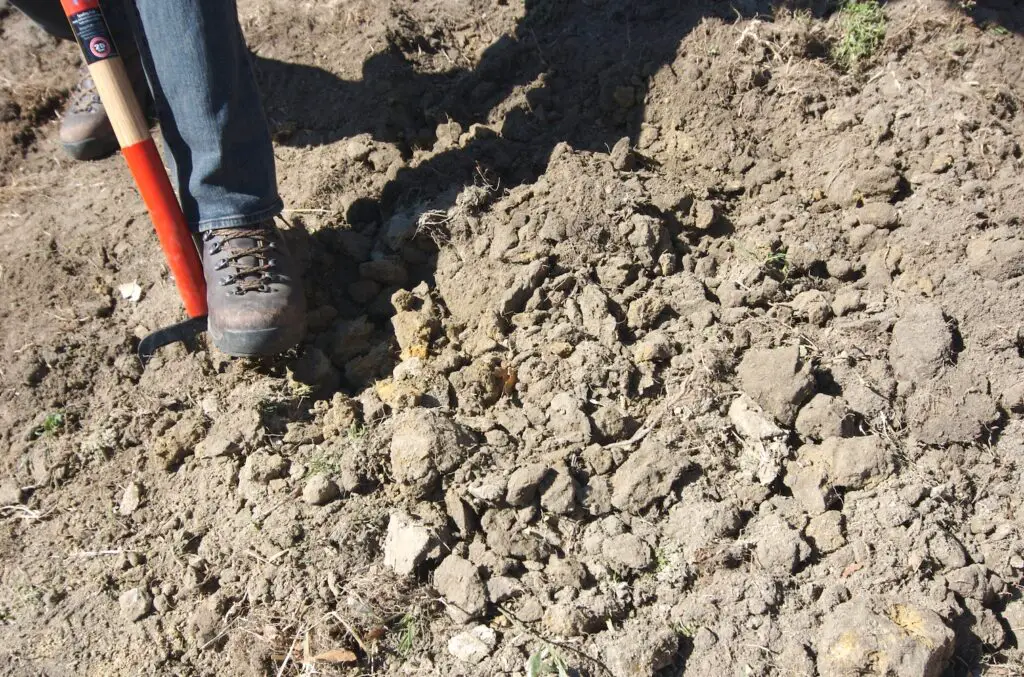
Mixing clay soil with organic material won’t influence its structure or texture. However, it will provide the clay particles with a larger surface area to adhere to, making it finer and easier to manage.
Do not add extra sand, for this will do the complete opposite. Clay soil already has sufficient sand in it. Organic materials such as Leaf mold, sawdust, manure, compost, and bark should be added to clay soil.
A six- or seven-inch garden bed will require two to three inches of packed organic material with a second layer that is then spread, rototilled, and forked. The organic material also provides extra nutrition to your vegetables.
You need to be careful of the timeline when adding organic material and growing your vegetables. Organic material leads to the proliferation of good bacteria and other microorganisms, which needs to be monitored.
These microorganisms will utilize the nutrients in the soil for growing. You should wait a week or two for the absorbed nutrients to be broken down and released into the soil. This is when you can proceed with your vegetable gardening.
Maintain The Ratio Of Soil Constituents
Clay is complex in terms of the materials it is made up of. Each material contributes to certain characteristics of the soil. For instance, different organics can change the soil’s texture, consistency, nutrient profile, etc.
By balancing the quantities of the materials found in the soil, you can improve its quality. The three major constituents of clay soil are sand, silt, and clay particles.
The sand particles are the largest and have more space between the sub-particles. This allows for air, water, and other elements to flow easily. The more the sand content, the faster your soil will dry and drain out since it can’t hold moisture either.
Next is relatively smaller silt. Saturated silt is much better at retaining water than sand. The last component, clay particles, is the smallest of the three. Sand has lots of space between grains, while clay particles have very little space between them and are good at retaining water and nutrients.
This makes it hard to drain clay soil. A balanced ratio of these particles in your gardening clay soil ensures that the desired drainage and nutrient qualities are maintained.
Clay soil containing equal parts sand, silt, and clay will hold moisture and nutrients for the right time and won’t dry out under the heat. An indicator of good clay soil is soil that clumps into a moist ball without crumbling or falling apart.
Use Plant Cover Crops
Clay soil, like any other soil, has a nourishing top layer rich in nutrients.
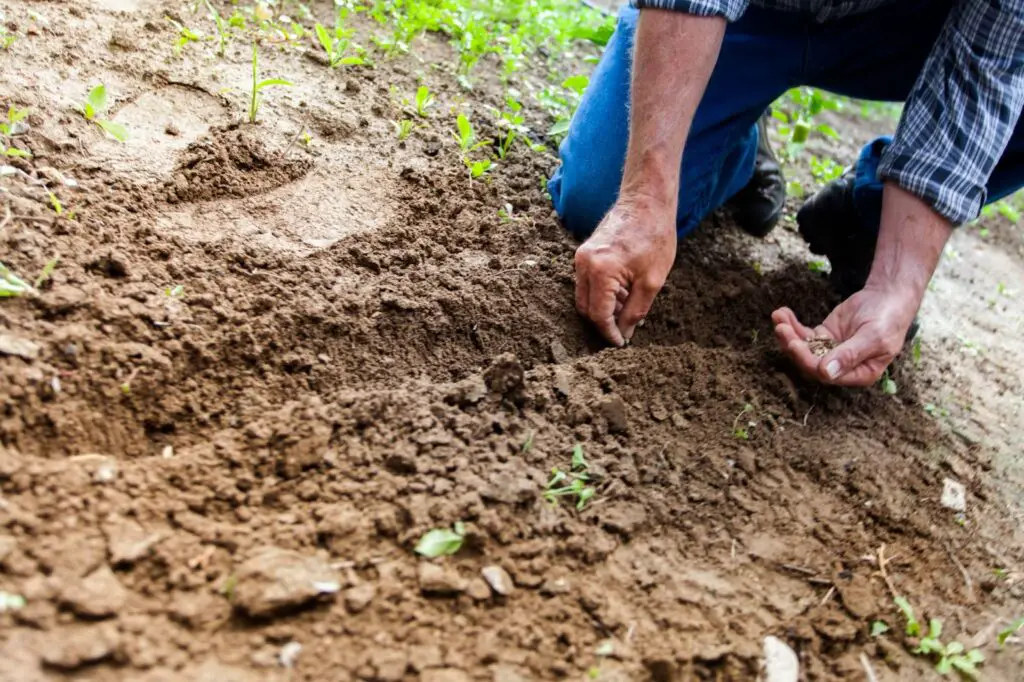
To prevent the erosion and reduction of this topsoil, you can use plant cover crops. These crops have a dense and elongated root system that holds all the layers of the soil together.
These roots break apart the compact soil to create channels. These channels will later allow for easy penetration and retention of water.
You can sow cover crops between vegetable growth cycles to replenish the soil before each new harvest. After you’ve harvested your vegetables, be sure to till your clay soil and add organic matter.
Handling Clay Soil
Clay soil is easy to disrupt if not handled properly. But once you learn the proper ways of handling it, you will notice the growth of healthy plants.
A pro gardening tip is to plant your vegetables in blocks.
Do so to minimize the amount of clay soil surface area exposed to sunlight. The less area exposed, the lower the chances of the clay soil drying up.
When working with wet clay soil, be careful not to step on it. If you step on wet clay soil, you risk the chance of it compacting the soil and pushing out the moisture.

Compact clay soil is dense and does not allow for the penetration or flow of water and air. This isn’t ideal for vegetable growth.
A good way to avoid stepping on clay soil in your garden is to install pathways of stone or wood between the beds. This makes traversing through your garden easier without disturbing the clay soil.
Planting your vegetables in raised beds will stop you from stepping on the soil. You can build stone or wood beds, but heaps of clay soil will also do. The elevated surface will improve drainage by allowing the water to run off.
Know Which Type of Vegetable to Grow
Clay soil isn’t suited to nourish all types of plants. Plants with shallow roots are a better fit for growing in clay soil. Lettuce, squash, and beans are some vegetables that thrive in clay soil.
If you’re unsure of the right type of vegetable to grow, consult a professional gardener who can better guide you.
Final Thoughts
Many factors affect the quality of your clay soil. With more experience, you will learn how to identify and resolve issues with your soil and garden beds.
While clay soil might seem like a lot of work, you will grow a beautiful garden of vegetables if you do it properly. Take your time and be deliberate with your planting and growing; you will find that you can grow in just about every environment.
